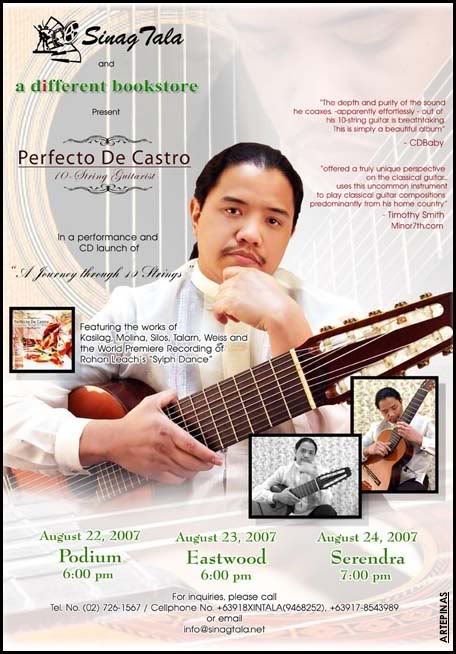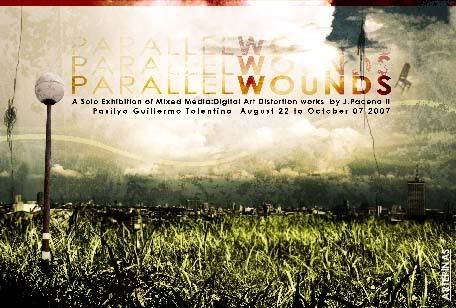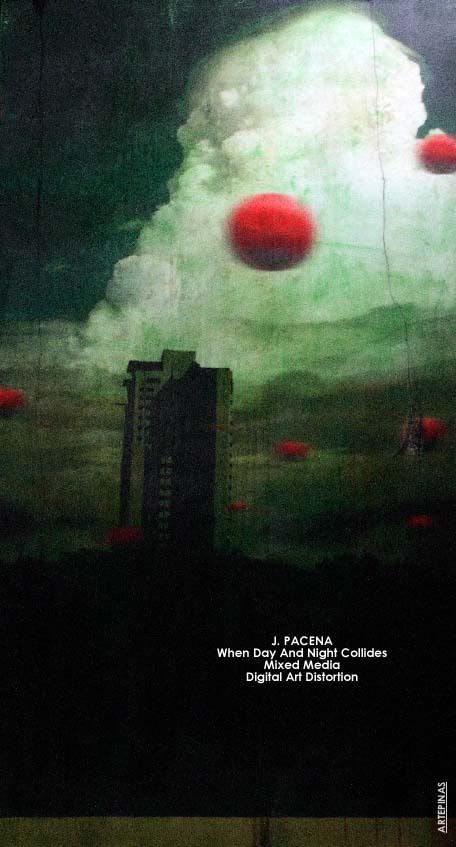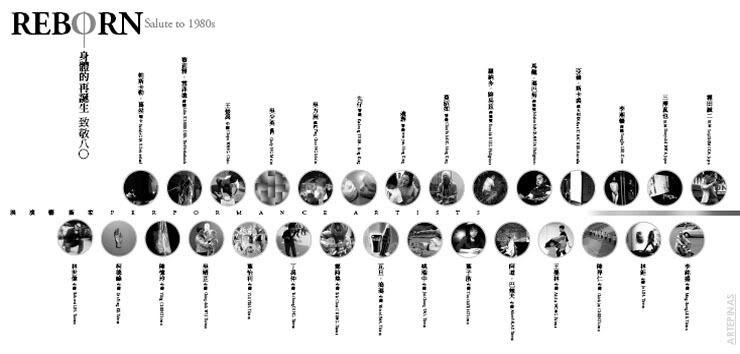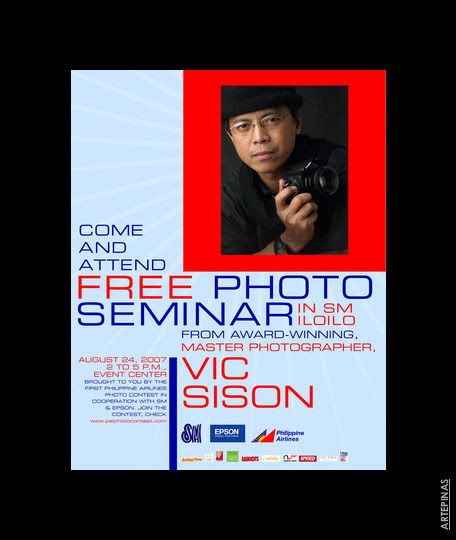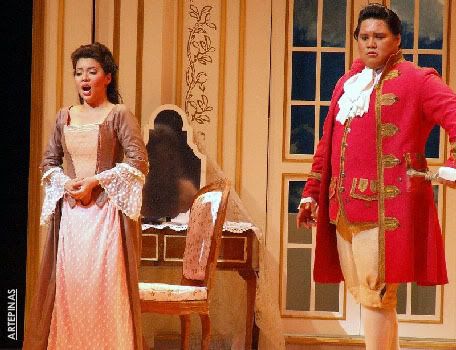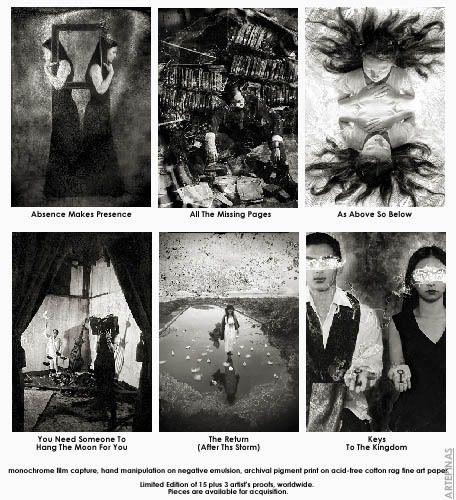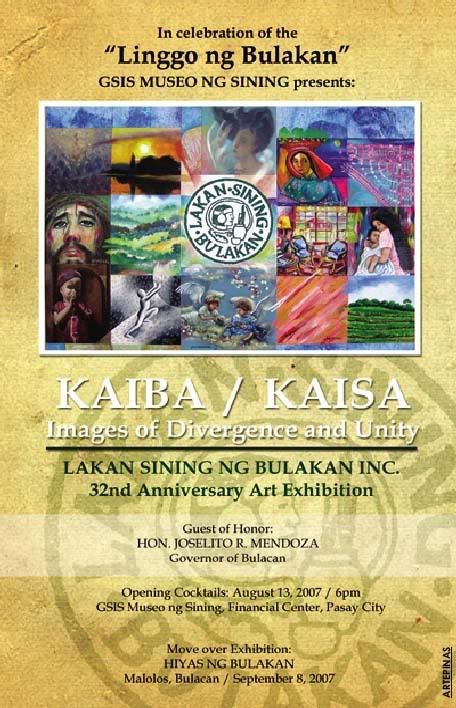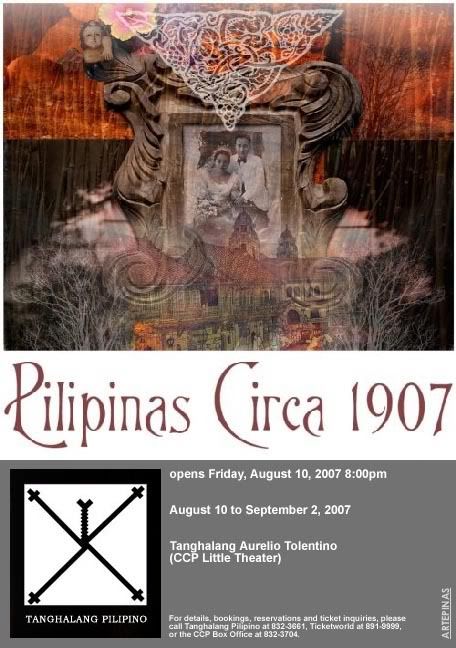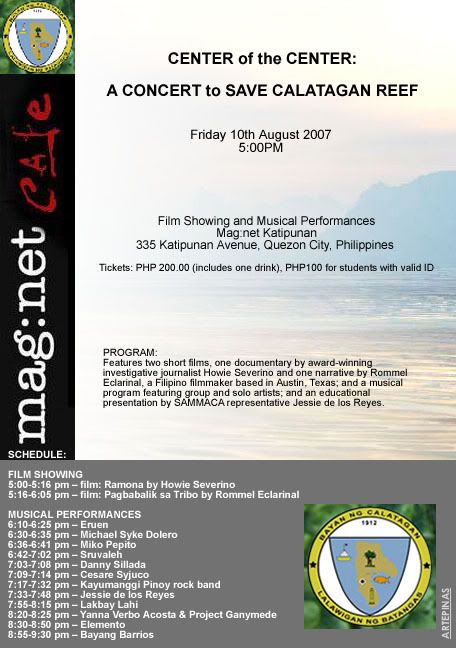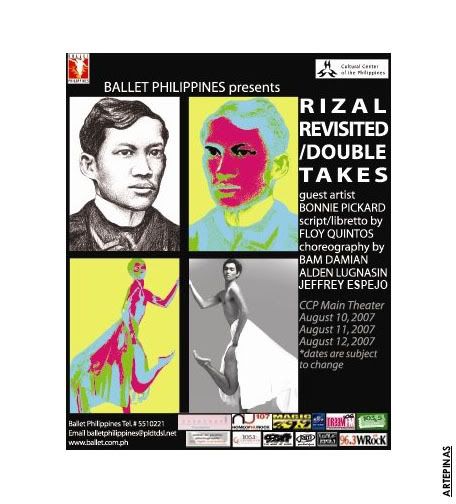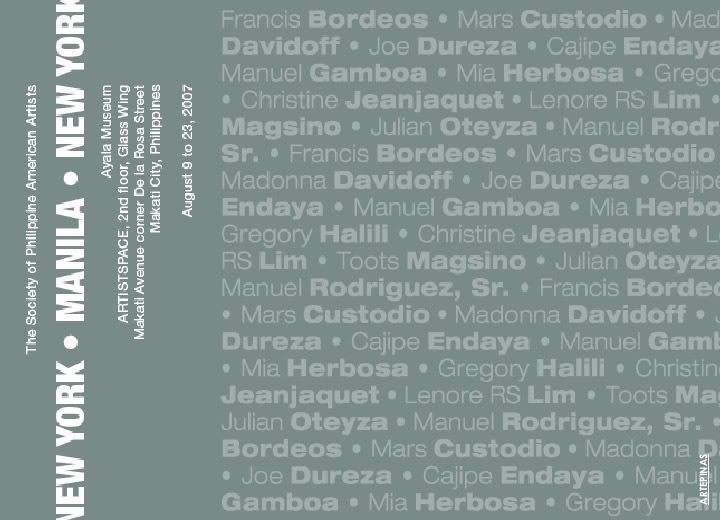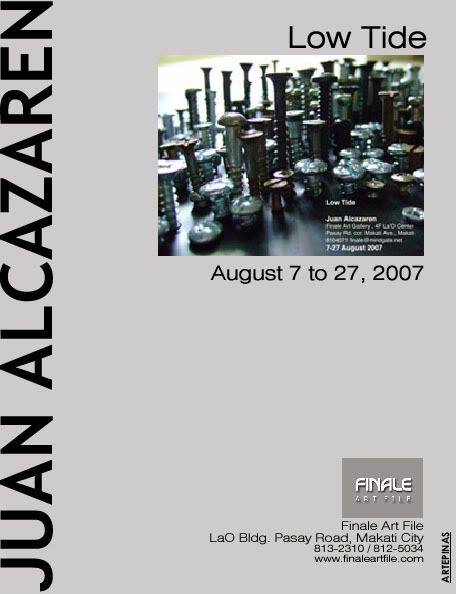
AN INDEPENDENT REVIEW
A First Look Into The Movie “Haw-Ang”
By Ewong Martinez (Manila film critic)
May 2007
Haw-ang (English title: Before Harvest) tells the plight of Sister Adel, a nun who goes on a mission to a tribal town in the mountains. There she teaches Christianity along with counting, reading and writing, builds a schoolhouse and a home, and ultimately, she forges a friendship with the villagers that prove to last beyond her lifetime. This is told through the eyes of Dacmay who returns to her hometown after more than a decade of weaving a good future which Sister Adel has wished for her and the other children of their village. Dacmay looks back to when she was seven years old, to that season of “Haw-ang”…….the local term for the period of preparing the terraced fields for rice planting. It was during this time when Sister Adel arrives in the village to help till their lives and cultivate their dreams.
Just like the story’s setting, the movie itself is a wonderful piece that promises a bountiful harvest, both commercially and critically. The foremost selling point of Haw-ang is that it fits into both the commercial theatre and the art house. Simply put, it is both a “movie” and a “film.” The technical splendor and dramatic value conveniently put Haw-ang in the mainstream breed; whereas its narrative and its social themes touching on femininity, ethnicity, religion, education and politics render it a progeny of the re-emerging Filipino art cinema.
The most obvious gem of this movie is, of course, its imagery. Haw-ang‘s excellent photography challenges the visual superiority of celluloid over video. The lens has captured the awe-inspiring rice terraces, raging streams, stunning scopes of valleys and hills, vivid flora and fauna, and other breathtaking sites of the mountains so gracefully that this movie could as well provide good material for tourism purposes. The film’s visual tone is vibrantly warm or cool depending on the mood of the scene. And although some interior shots might be deemed too dim, the movie as a whole puts its characters in harmonious interplay with nature.
It is a relief that a movie that could be an export showcases the natural beauty of our country. Remember that Lino Brocka’s classics, which were well-received at the Festival de Cannes in the 70s and 80s, were set in the slum areas of Manila. Then recently, our proud representatives in the international film festival circuit— The Blossoming of Maximo Oliveros (2005), The Bet Collector (2006), and even Foster Child (which premieres at the Cannes this year)—all follow Brocka’s legacy by featuring poignant tales of the impoverished Filipino amidst the noisy, filthy and Riotous labyrinths of makeshift houses and putrid sewers. And so this time, it is just so propitious for Haw-ang to finally present to the world that the Philippines is not just a poor nation but a very beautiful country as well.
Acting-wise, Haw-ang is a big hit. The nun, Sister Adel, is not an easy role to portray as her character overlapping religiosity with vanity, and lightheartedness with dramatic depth inevitably brings the actress to the dangers of “overacting.” But Kalila Aguilos (in her very first starring role) provides a sincere performance that exudes the naturalness of a nun who sings and dances jovially at one point, and weeps and struggles fiercely at another. Kalila’s acting unarguably helps make the character of Sister Adel the most memorable nun in recent Philippine cinema—following “Sister Stella L.” portrayed by legendary actress Vilma Santos in 1984.
Other than Kalila, the kids of the actual Ifugao village pull off their roles with incredible effortlessness. Dacmay Tangliban, who plays seven-year-old Dacmay, has unwittingly made herself an instant “girl-wonder.” If given due recognition, she would surely be following the feat of Rebecca Lusterio, the child actress discovered in Bohol for the movie Reef Hunters (1999). Together with the adorable young cast (all first-time actors) picked on location, Dacmay acts faithfully on camera what her role demanded, without hesitation or any hints of being an amateur. The village children’s raw emotions prove to aid in summoning tears from the viewers. And unlike in many Filipino independent films where casting non-actors due to limited budget consequently makes a poor acting ensemble, the Haw-ang team was lucky to have literally discovered an amazing “village” of actors.
All other aspects of Haw-ang are commendable. The editing and sound are both fluid; and despite the scoring being typical of ethnic films, the music is haunting and mellifluously “tribal.” The theme song which plays at the end of the film (performed and composed by Bayang Barrios who also did the theme of Maximo Oliveros) marks a catharthic wrap-up of less than two hours of a finely directed mosaic of comic, romantic, dramatic, and tragic elements. Music seems so integral to the movie that one feels like joining Sister Adel as she cheerfully performs “Making Melodies in My Heart” in front of her students. Despite the apparent lack of some shots in certain scenes (which can be alluded to either a directorial philosophy or the practical limitations of independent filmmaking, or maybe both), the movie is a beautiful précis of what is actually a complex mesh of histories. If one follows the story closely, it must be recognized that it is replete with many “backstories” and potential sub-threads springing from the main story arc. Even the main characters Sister Adel and Dacmay have personal histories that are not fully explored, made explicit by the line saying these are “without details.”
Furthermore, critics and viewers could identify Haw-ang as narration-heavy, thus violating the “show, don’t tell” rule. But this is precisely the device used in the screenplay to tone down the epic proportions of the rich story, and to eventually give us a simple yet emotional piece of fiction. Albeit an age-old and conventional technique, the voice-overed narration of Dacmay (and at one part, Sister Adel’s) in this long flashback of a movie bestows Haw-ang an artistic, mainstream charm. And like in many good dramas, this impassioned narration doesn’t fail to touch every viewer’s heart. Although produced by an Australian entrepreneur, Haw-ang is proudly Filipino in every facet. (The production team of Sizzling Gambas Productions Inc. and its head office are also Philippine based).
It may not be a unique or an altogether “new” movie (as this is not the first Filipino film about a missionary, or a teacher of poor students, or set in a mountain village), but it has succeeded in elevating the usual drama into something that is not emotionally draining, in concocting a story that is profound yet simple, and in creating a beauteous film that is fictive yet very faithful to real life. Most of our internationally acclaimed films have been either too deep or “artsy,” or focus on subjects that are too delicate or political, or are presented in narratives too radical or experimental that our own people couldn’t get to comprehend or even just consider them.
What makes Haw-ang great is that it appeals to everyone’s sensibilities, it caters to both the laypeople and the elite. It is a movie bound to reach out to cinephiles the world over. The social commentaries in the movie are essential but kept at bay, and the movie manages to remind us that love transcends ages or cultures, that even in our own little ways, we can greatly transform others’ lives. Finally, the movie tells us that learning is not only to think but more importantly, to feel. In a third-world industry like ours, it is rare to have a film that flaunts technical seamlessness, and at the same time, prides on creative integrity. Hopefully, Haw-ang would become another template for future Filipino productions to not only aim to gross at the box office, but also to uplift the cinematic culture of our nation. Whichever artistic perspectives one may take, Haw-ang simply evokes beauty. It is a moving painting. Or a literary piece realized. It is a movie, a film. It is a fresh Filipino masterpiece.

Synopsis
Through the eyes of a young woman Dacmay, who has returned to her native village after 14 years, we discover the remarkable and tender story of missionary Sister Adel and the special bond that formed between them years earlier and the events which re-shaped their lives forever. Set in a breathtakingly beautiful yet remote provincial region, the story not only captures the true essence of Philippines natural beauty, but also the unique complexities of life in a remote village. Sent to teach Christianity at the village, Sister Adel encounters battles that continually test her will and determination. She faces a village that resent her ways, the saddening poverty within the village, the lack of modern education for the children and a feisty young Dacmay who can test the will of the strongest. And in the background was a continuing conflict between local rebels and government soldiers that further hinder her progress. Determined to succeed and improve the life and future for the children, she must take on the roles of Sister, teacher, mentor, social advocate, guardian and even that of mother-like figure to Dacmay. Yet her biggest test was still to come when she falls in love. Would she unveil and consent to a night of forbidden passion that would leave her torn between her faith, her love, her bond with Dacmay and her fondness of a village that would condemn her?
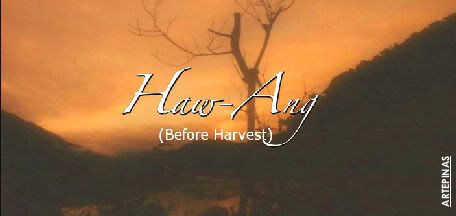
Papel, Putik, at Pilapil:
Ang Pulitika ng Edukasyon sa pelikulang Haw-Ang
Rebyu ni John Francis C. Losaria (Philippine Collegian)
Binabagtas ng mga kabataan ng Tuwali ang pakitid-palawak na mga pilapil. Tinatawid ang mga ilog at mga kanal. May kasanayan na kaya naman naiiwasang mahulog sa putikan. Iba-ibang landas ang maaaring patunguhan ng mga nagsasangang daanan. Pawang mahahaba at malalayong pagtahak sa mga inaabot nilang mga pangarap.
Pagpupunla
Panahon ng paghahanda sa pag-ani o haw-ang nang madestino noon ang misyonaryang si Sister Adel sa isang pamayanang Ifugao. Sa pagtungtong niya sa mayamang lupang ito, sinalubong si Sister Adel ng isang mayabong na kulturang katutubo. Mahusay itong ipinakita sa lokasyong iniinugan ng kamera at sa sinematograpiyang nagpalitaw ng likas na kagandahan ng lugar.
Mainit ang pagtanggap ng mga residente sa madre. Napalapit si Adel sa mga batang taga-roon, na mahusay na ginampanan ng mga batang aktwal na nakatira sa lugar. Kabilang dito ang batang si Dacmay na gumanap bilang isang ulila na sa ina at anak ng mga kasapi ng New People's Army (NPA).
Tungkulin ni Sister Adel na magturo ng katesismo, lalo na sa mga bata roon na di nakakapag-aral. Ngunit hindi naging madali ang panimula nito dahil sa walang paaralan o komportableng lugar na mapagdadausan ng klase. Kaya naman, hinangad ni Adel na makapagpatayo ng eskwelahan sa naturang bayan.
Pagtatanim
"Pulitika pa rin ang nagdidikta kung magpapatayo ng eskwelahan sa baryong ito." Ito ang mga naunang tugon ng kapitan ng baryo nang konsultahin siya ni Adel ukol sa pagpapatayo ng eskwelahan. Mukha ito ng marami pang liblib na mga bayan sa bansa. May mga kabataang kinakailangan pang maglakad at maglakbay ng maraming oras upang marating ang mga paaralang nasa karatig na mga baryo.
Matapang na isinawalat ng pelikula ang relasyon ng pulitikal na pamumuno sa ganitong krisis sa kanayunan. Samantalang sa panig ng mga magsasaka, lubos nilang ninanais na isakatuparan ang pagpapalawak ng edukasyon bilang batayang pangangailangan ng mamamayan. Sa pagtutulungan, sinisikap ng komunidad na mapaglaanan ng sapat na materyal ang pagbubuo ng isang pook-aralan. Kung hindi man, nakikipagnegosasyon sila sa lokal na pamahalaan sa tulong ng mga rebolusyonaryong gerilya o mga NPA na batid din ang kahalagahan ng edukasyon sa kanayunan.
Pag-ani
Marami-rami na ring pelikula ang tumalakay sa krisis ng edukasyon sa Pilipinas. Ayon sa isang panayam sa direktor nitong si Bong Ramos, ang ipinagkaiba raw ng haw-Ang sa iba pang pelikula ay ang pagkilala nito sa uri ng edukasyong labas sa konsepto ng klasrum. Natututo rin ang kabataan mula sa kultura at kapaligirang ginagalawan nito—ang katutubong pamumuhay nila at ang ugnayan sa mga rabolusyonaryong kanilang nakakatuwang.
Ipinakita ng Haw-Ang ang isang magandang pananaw sa edukasyon ng mga taga-kanayunan. Kinakitaan ang mga tauhan ng pelikula ng paggamit nila sa kanilang edukasyon, ano man ang antas nito, para magsilbi sa nakararami. Sa paglipas ng panahon, ang bagong henerasyon sa katauhan ni Dacmay at ng mga kaibigan nito ay muling tatalima sa ganitong papaunlad na relasyon ng pagkatuto at pagsisilbi.
(Bahagyang iniklian ang bersyong ito ng artikulong inilathala noong ika-21 ng Hunyo sa seksyong pang-Kultura ng Philippine Collegian, opisyal na lingguhang pahayagan ng mga mag-aaral ng Unibersidad ng Pilipinas-Diliman. Maaari nang i-download sa PDF ang pahayagan sa http://kule0708. deviantart. com.)

Opens 08 August 2007
SM CINEMAS
































































































